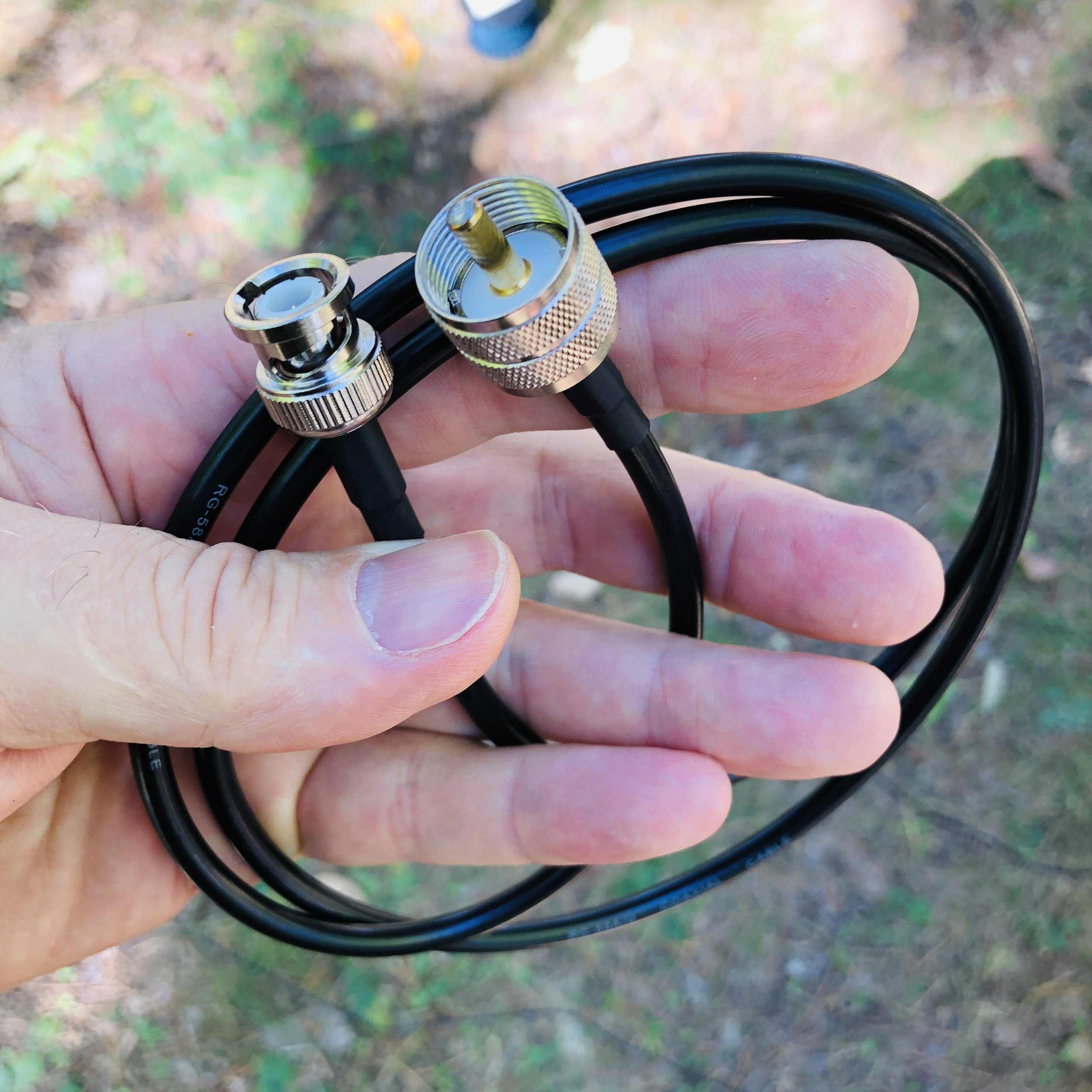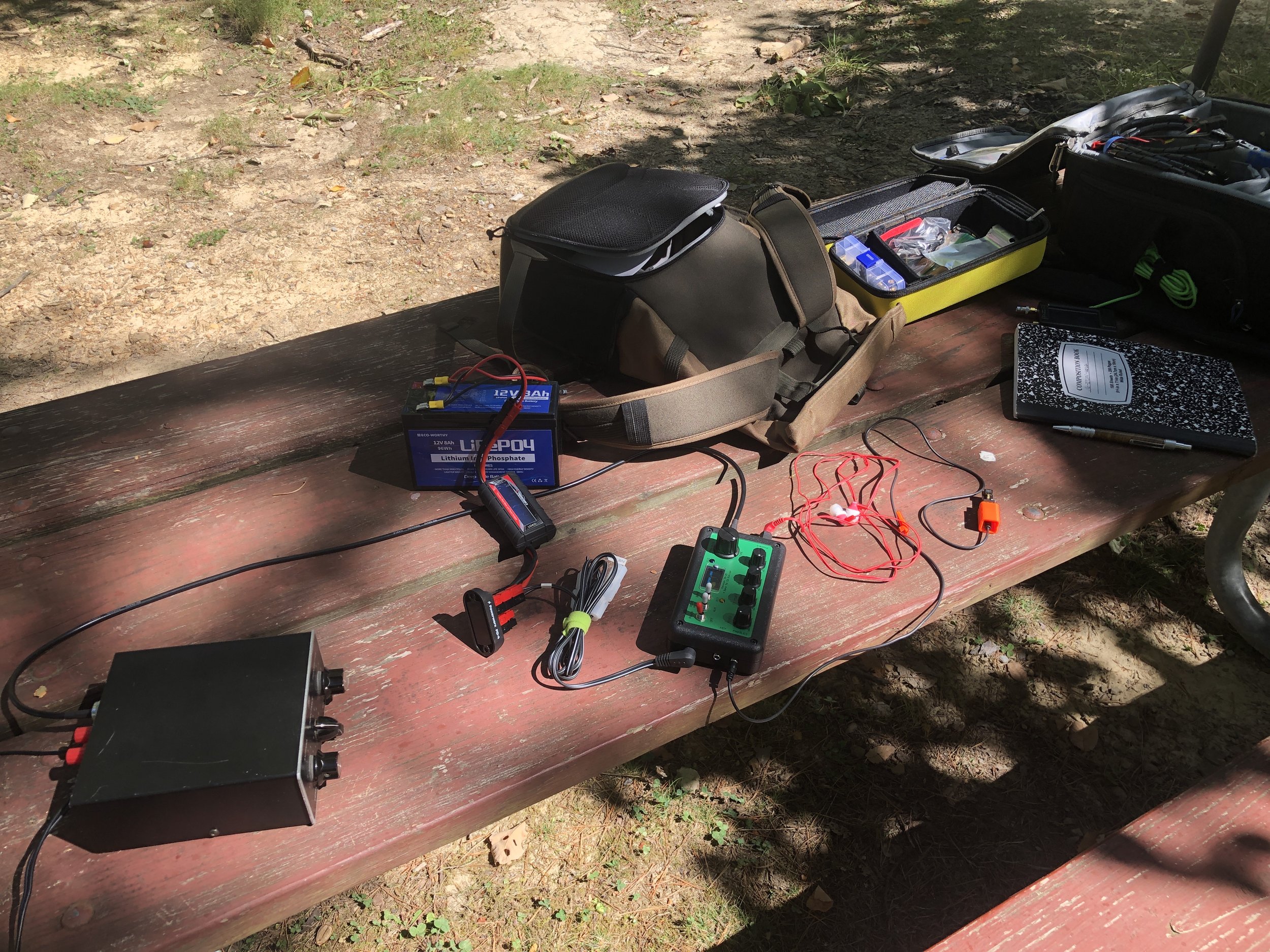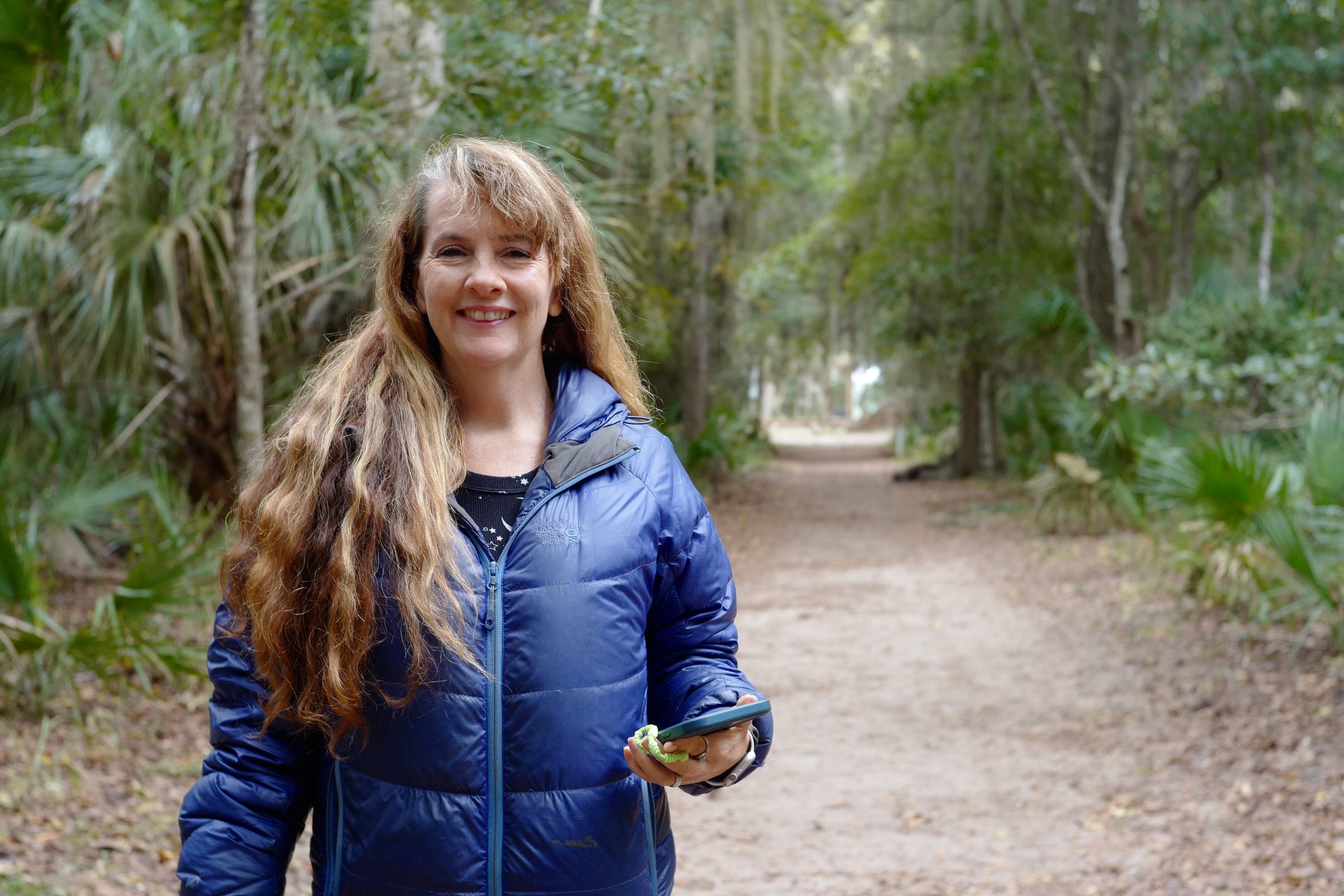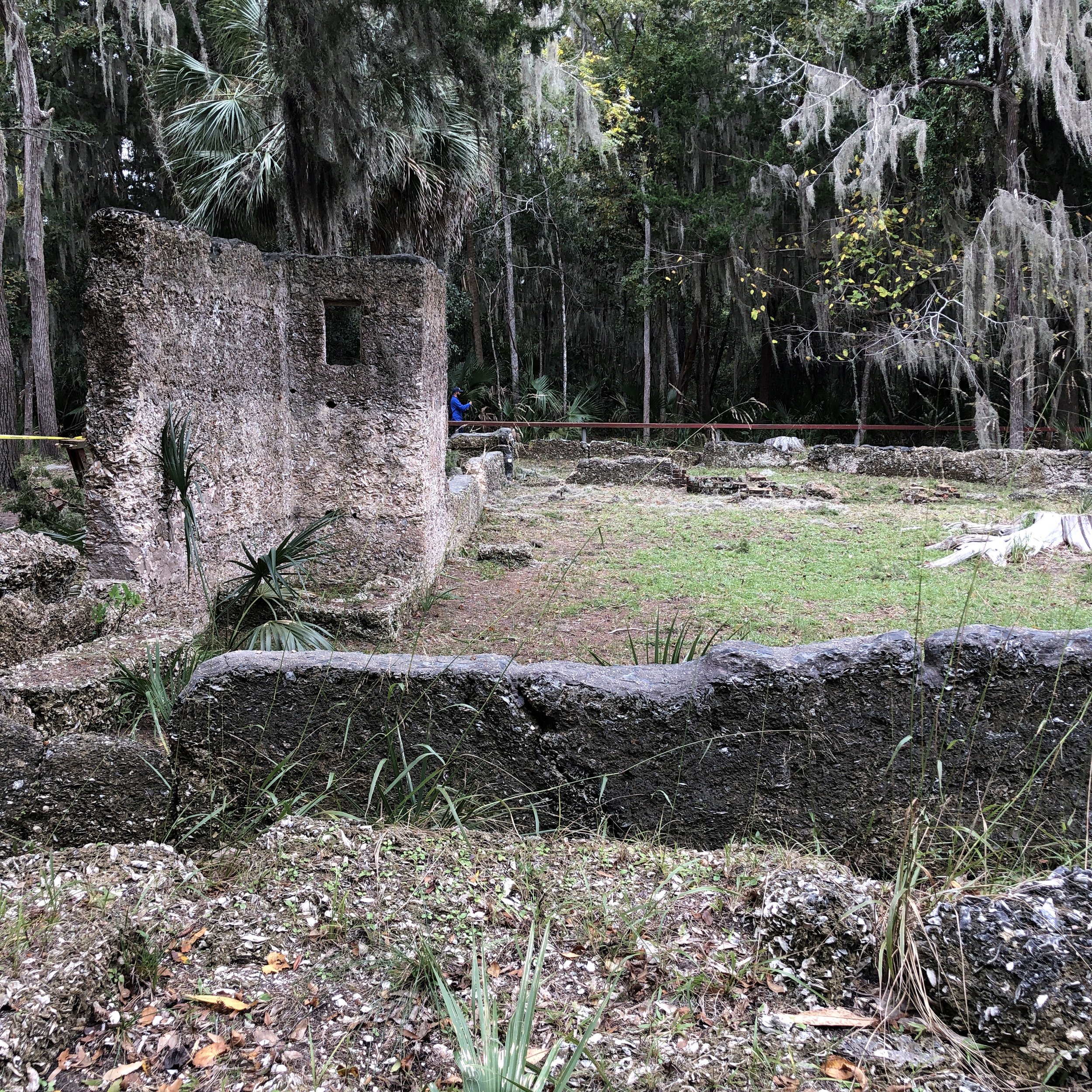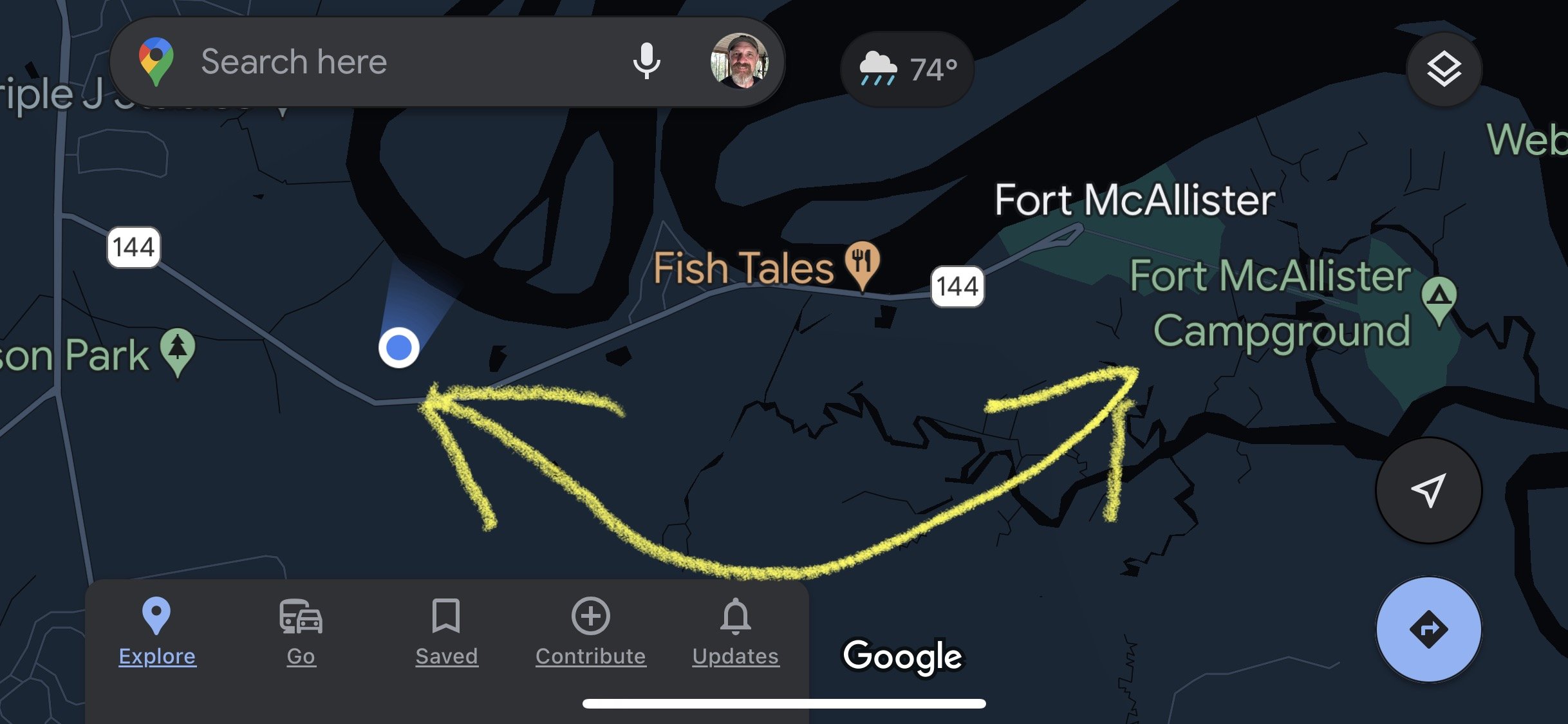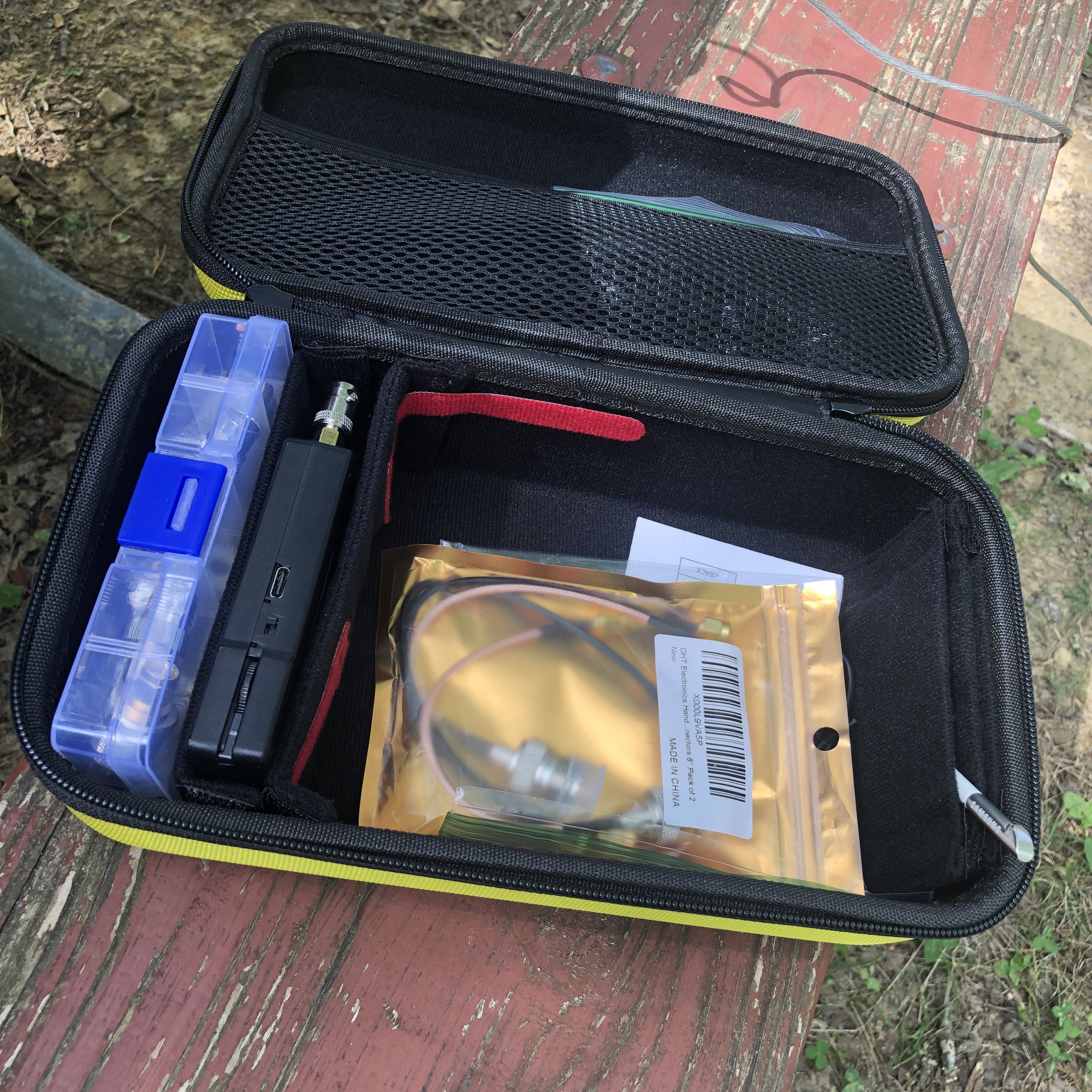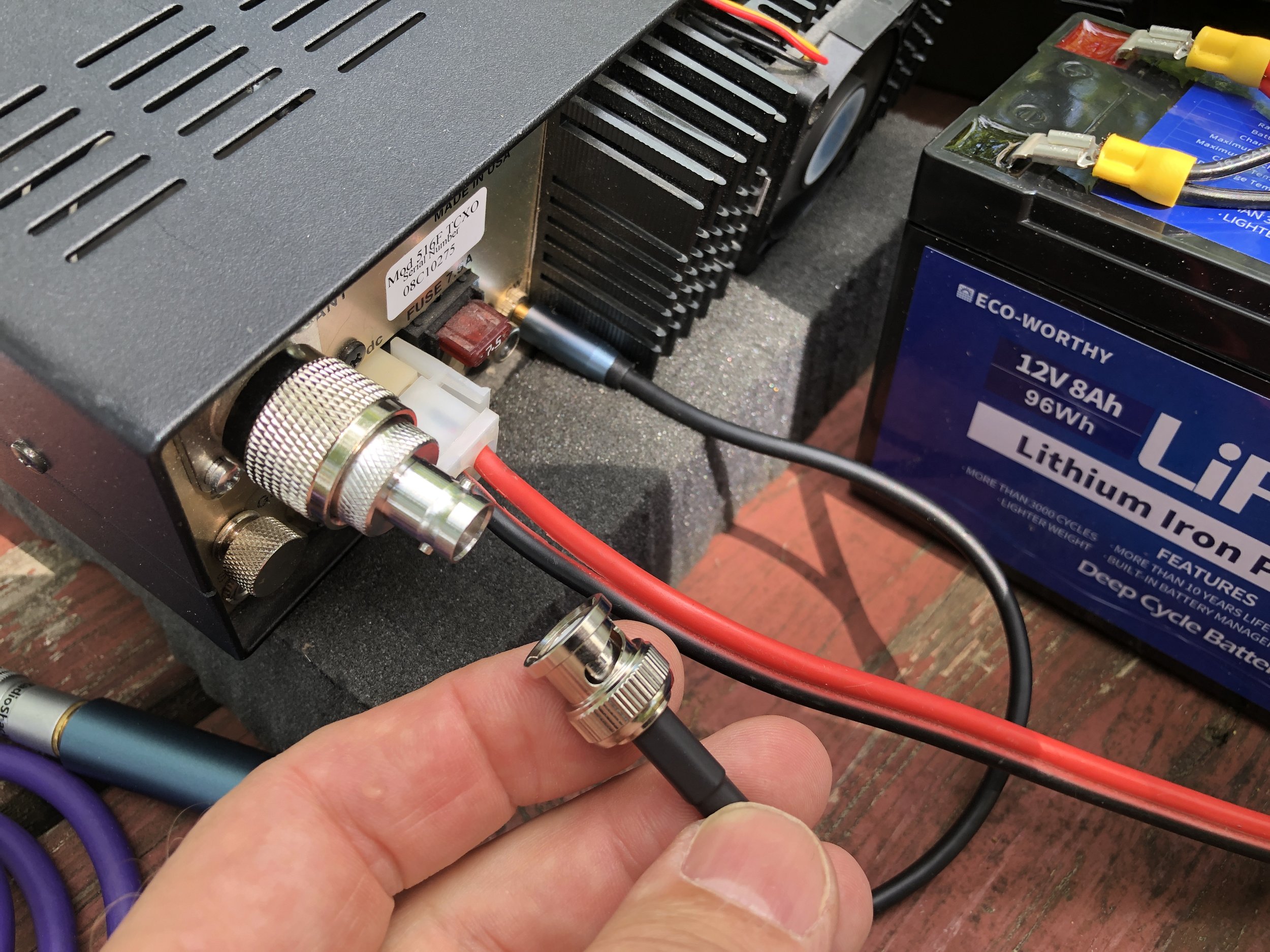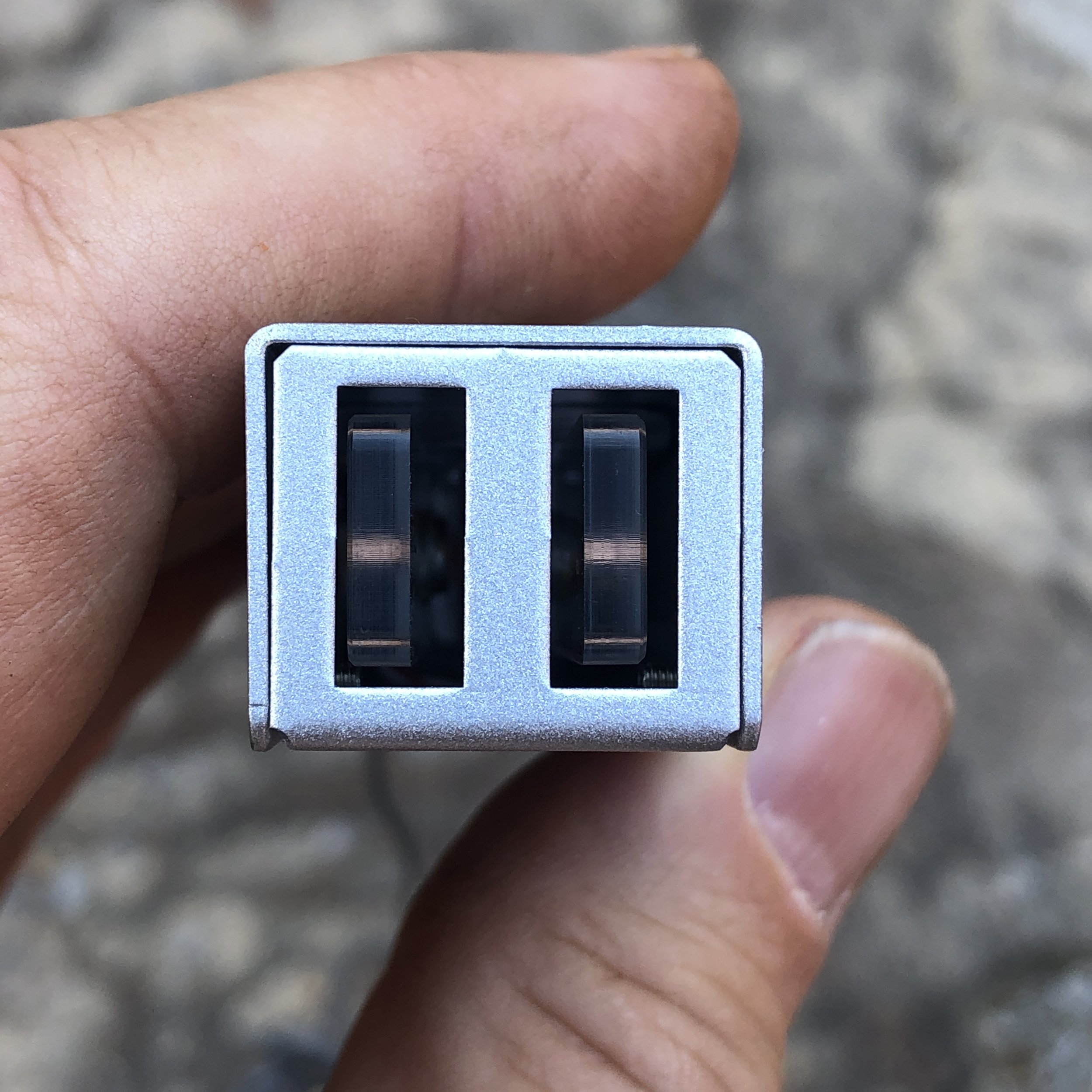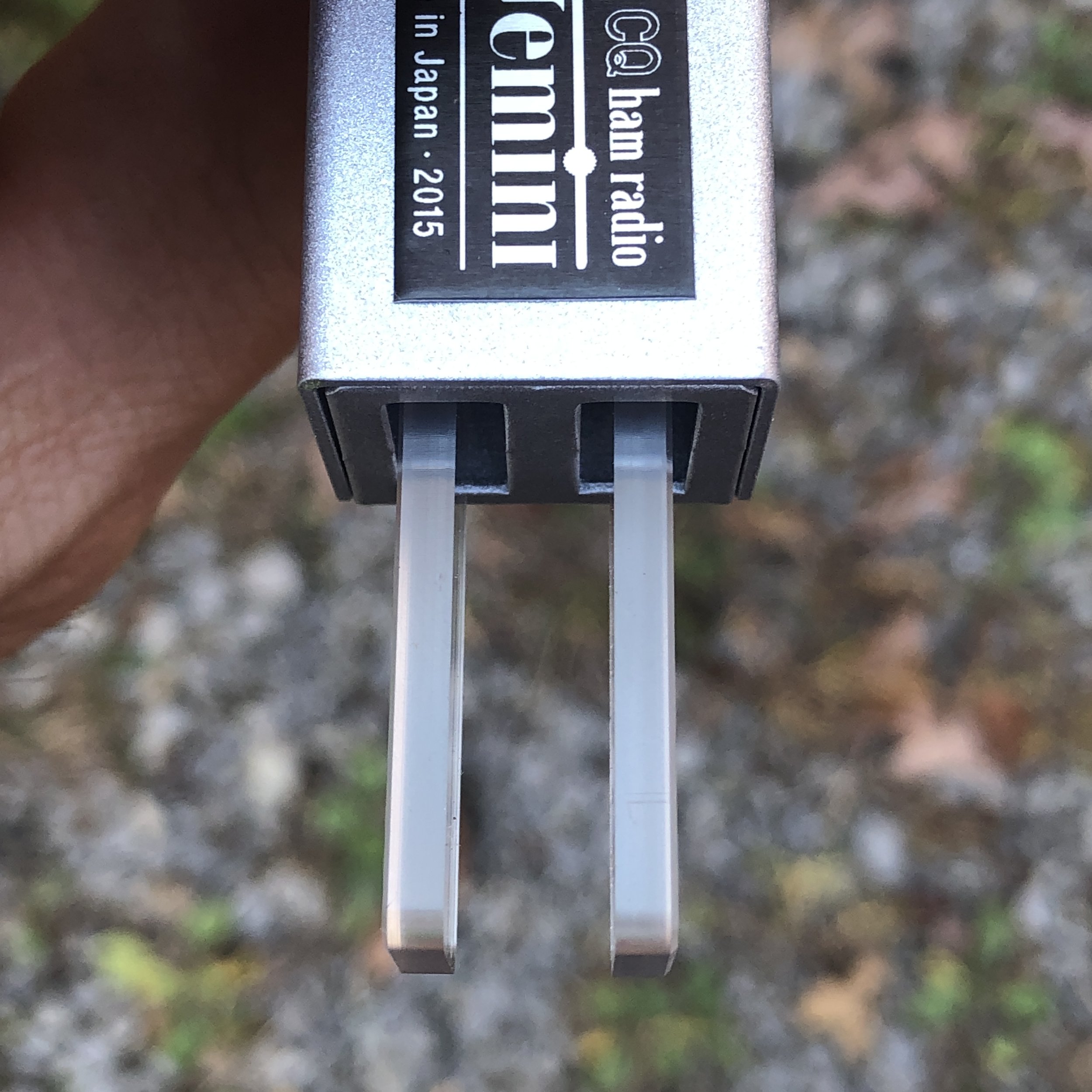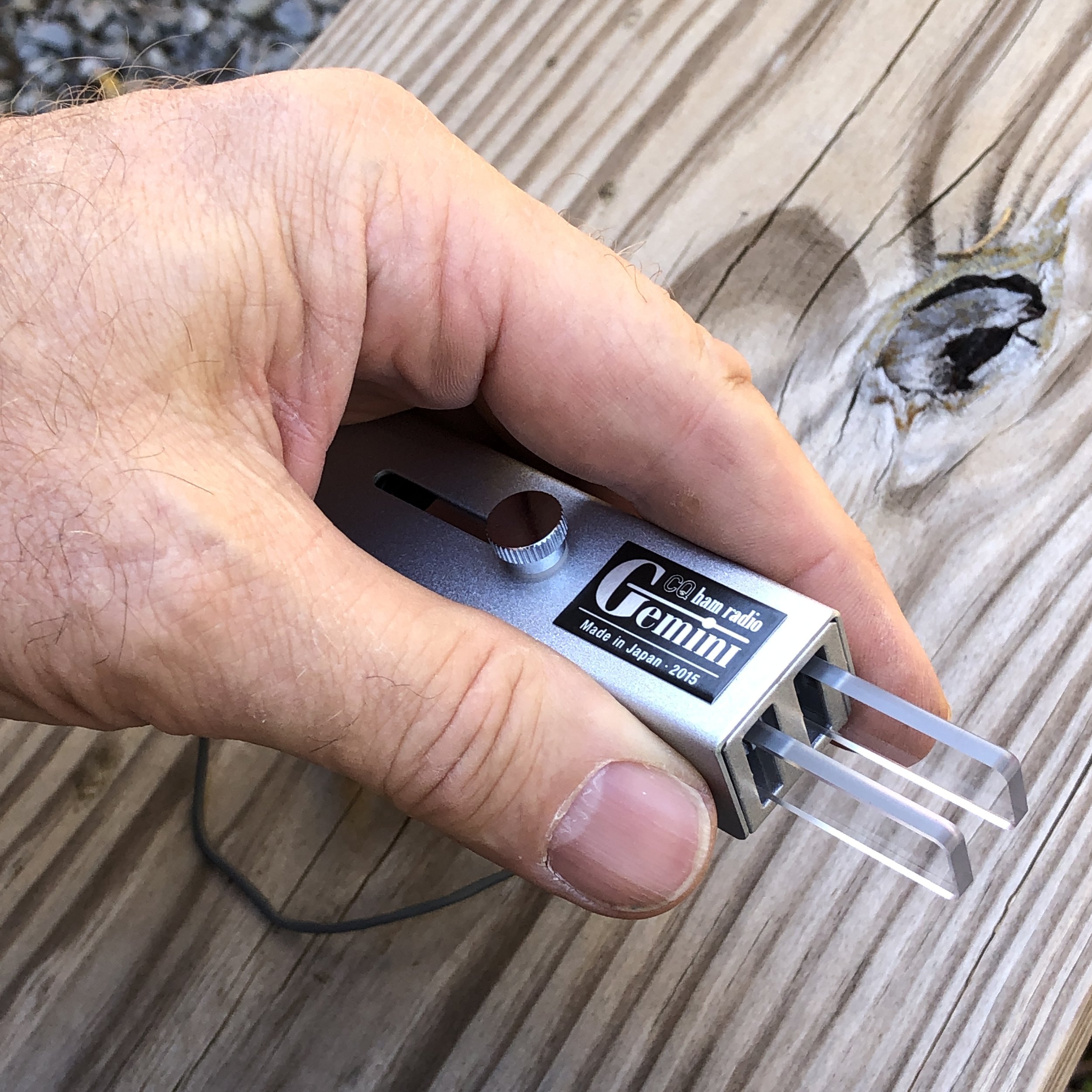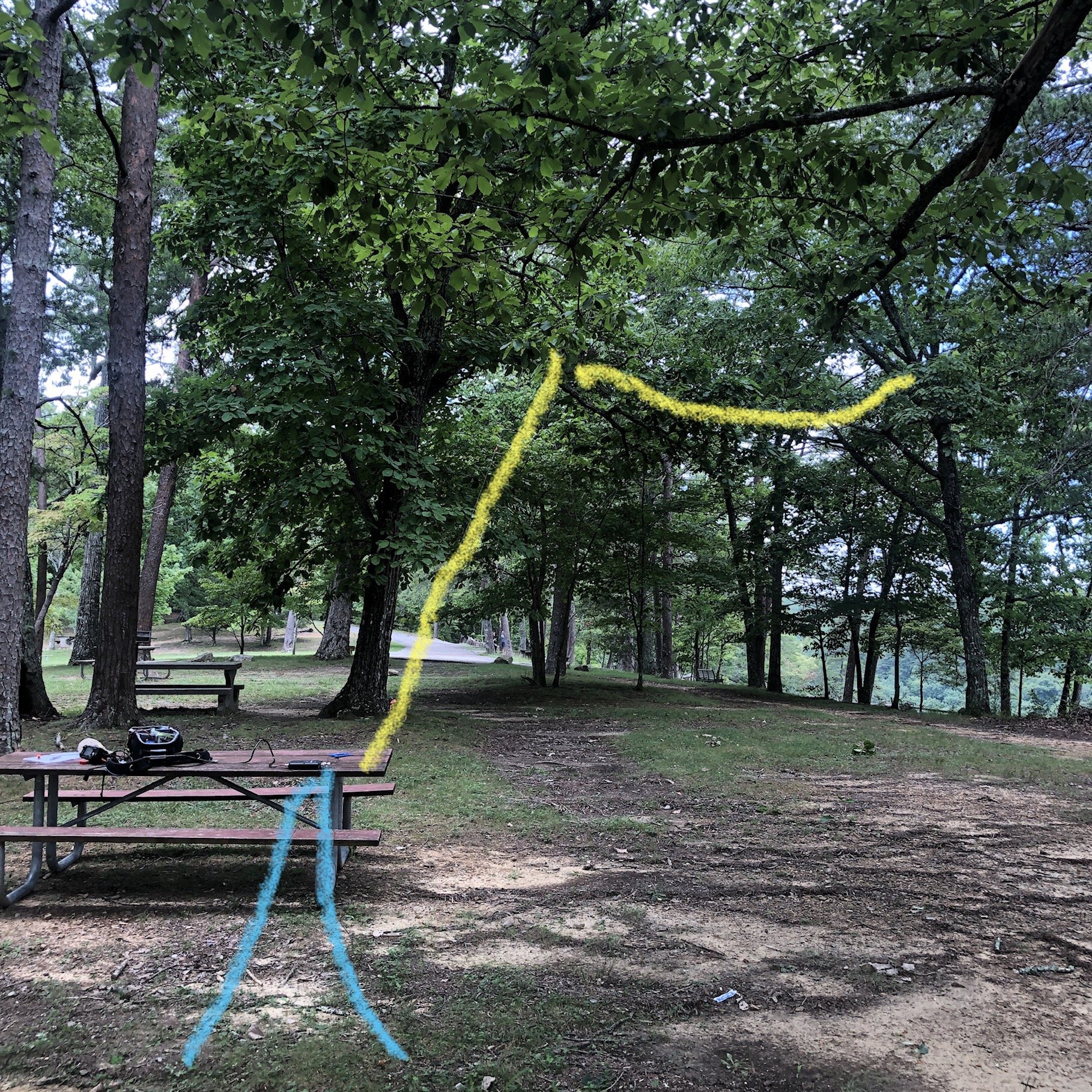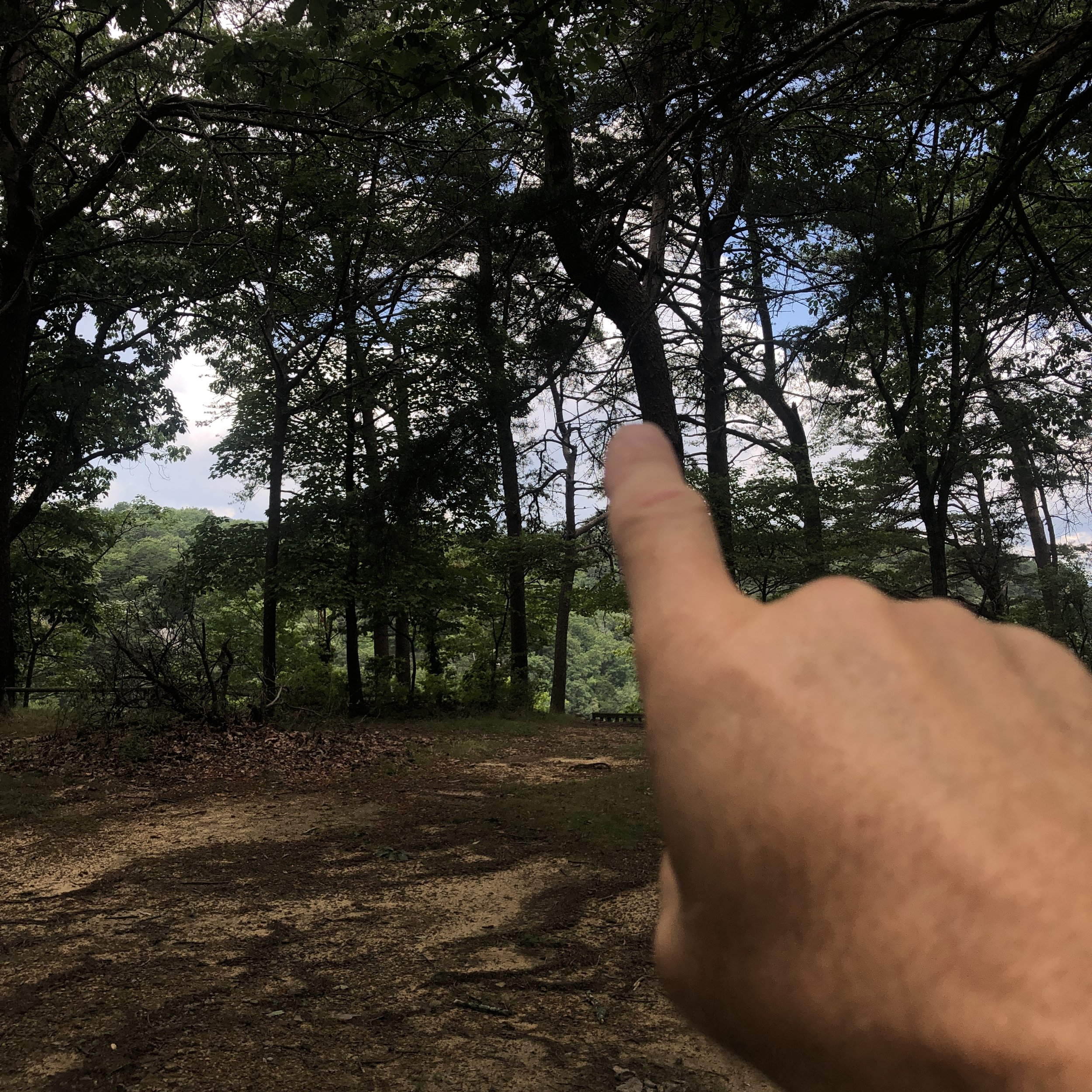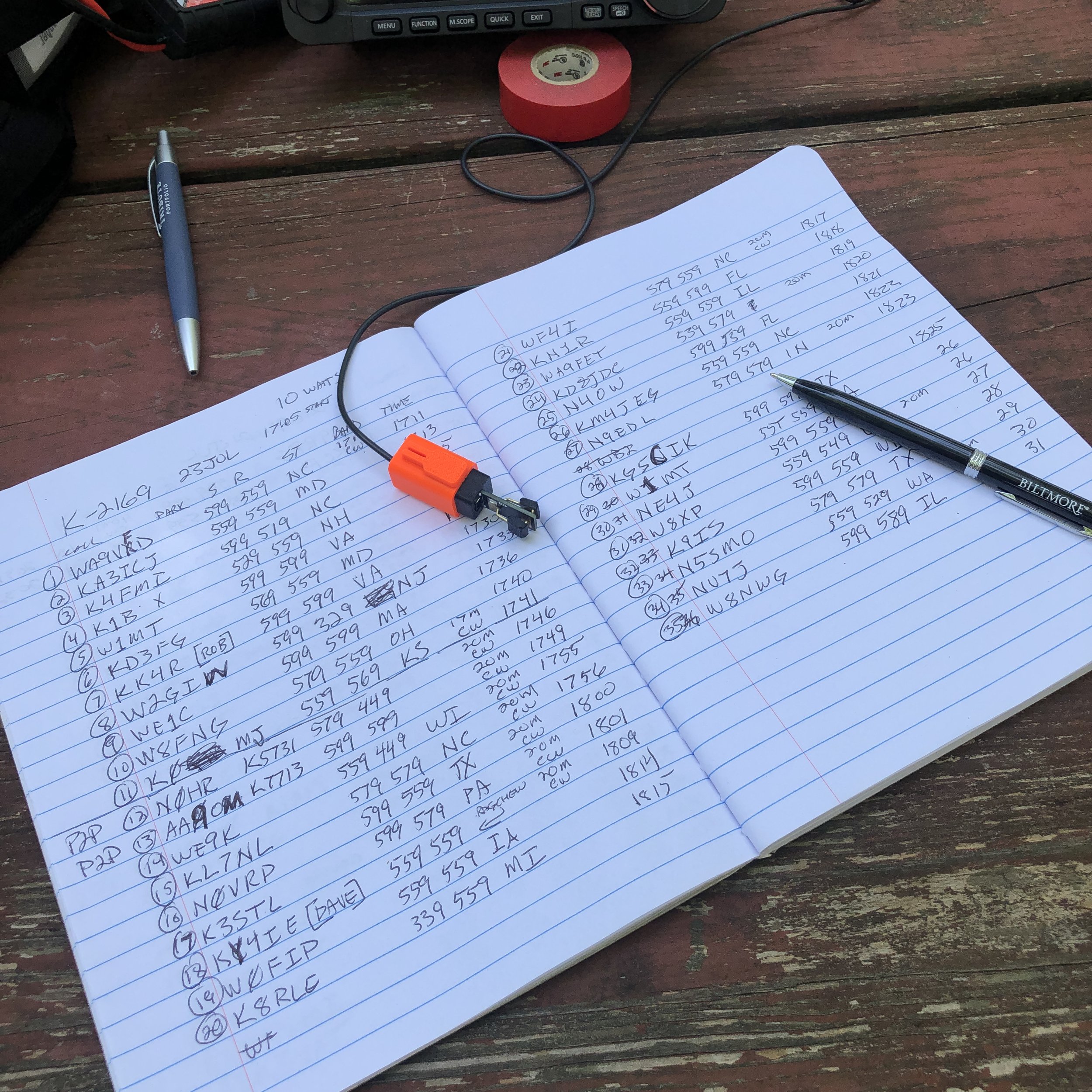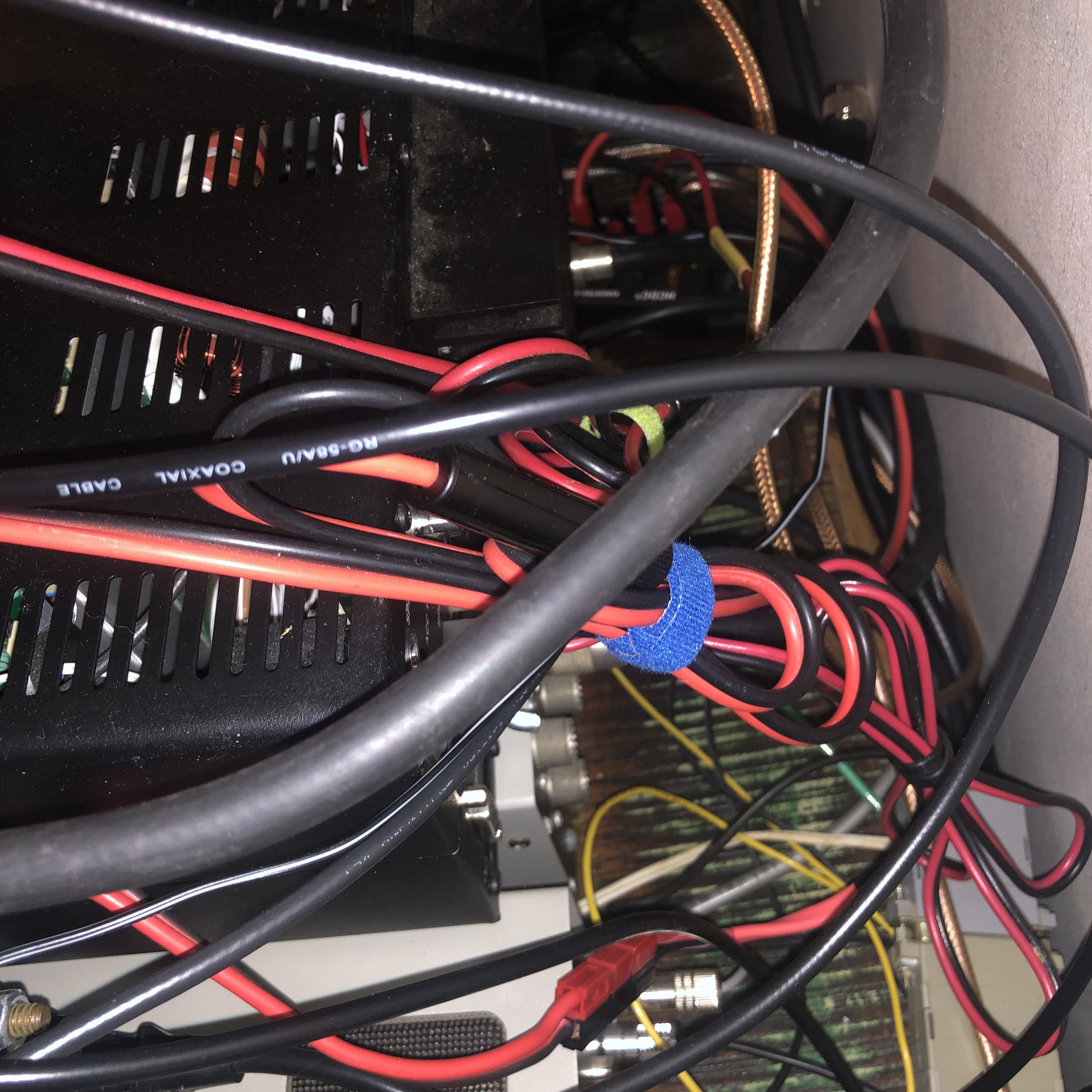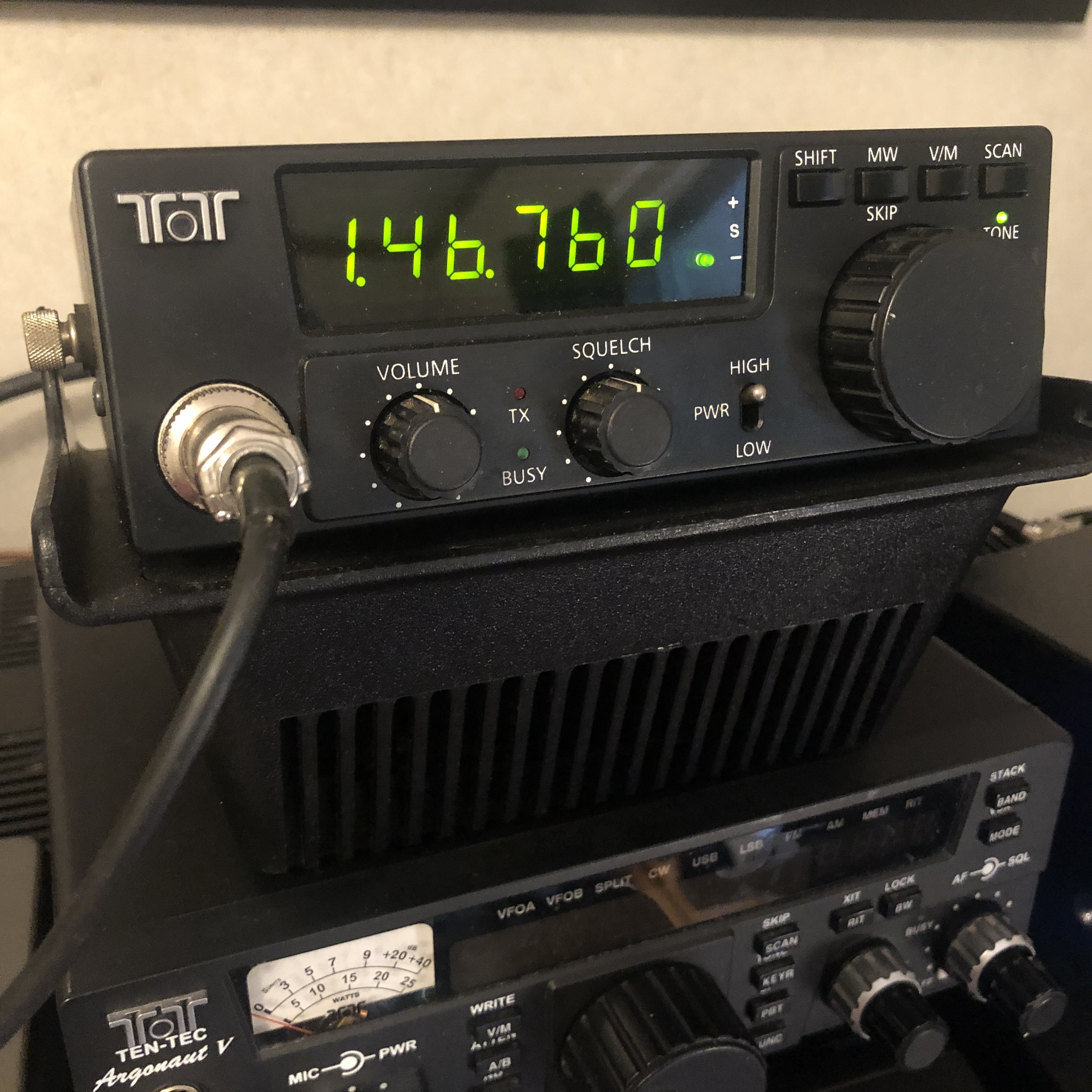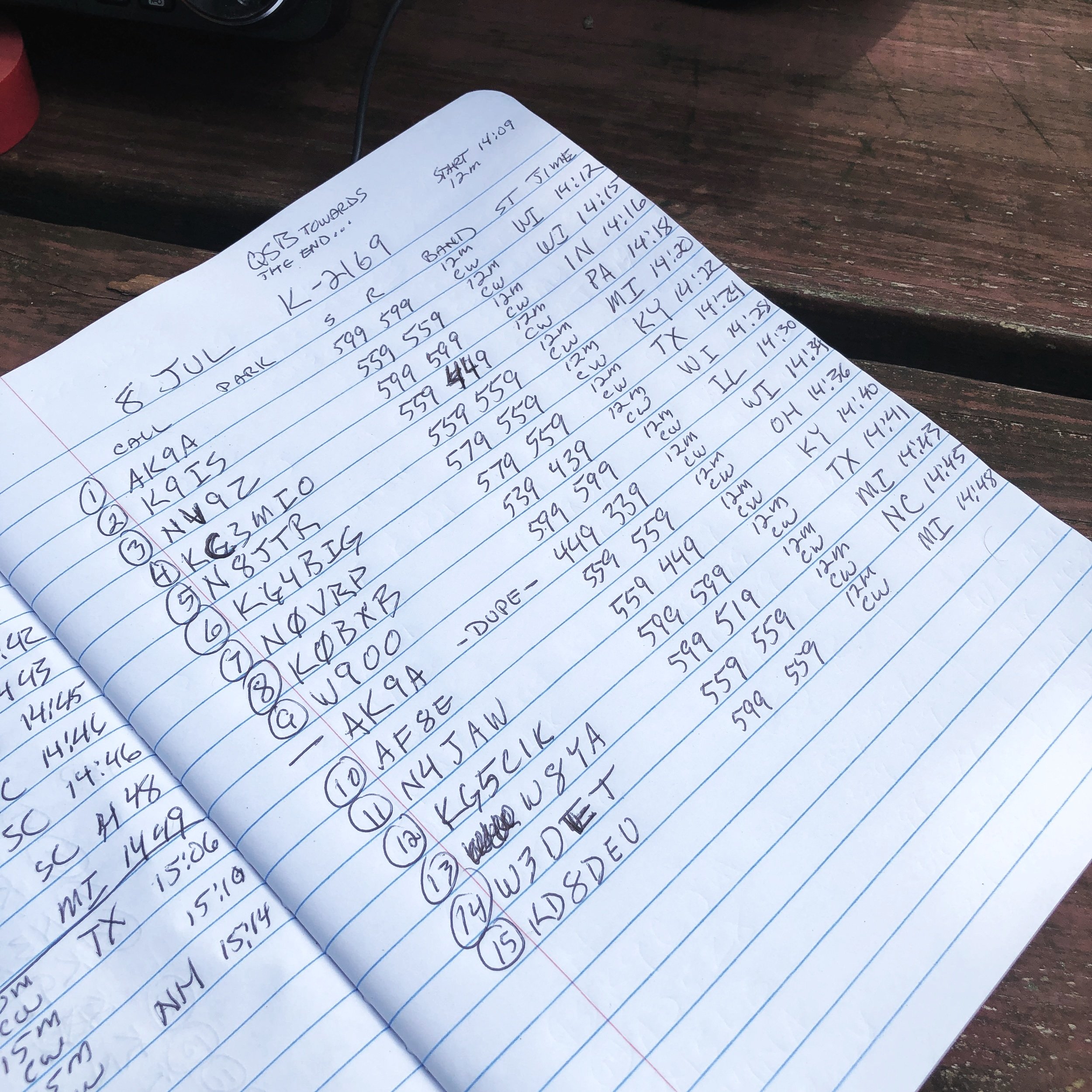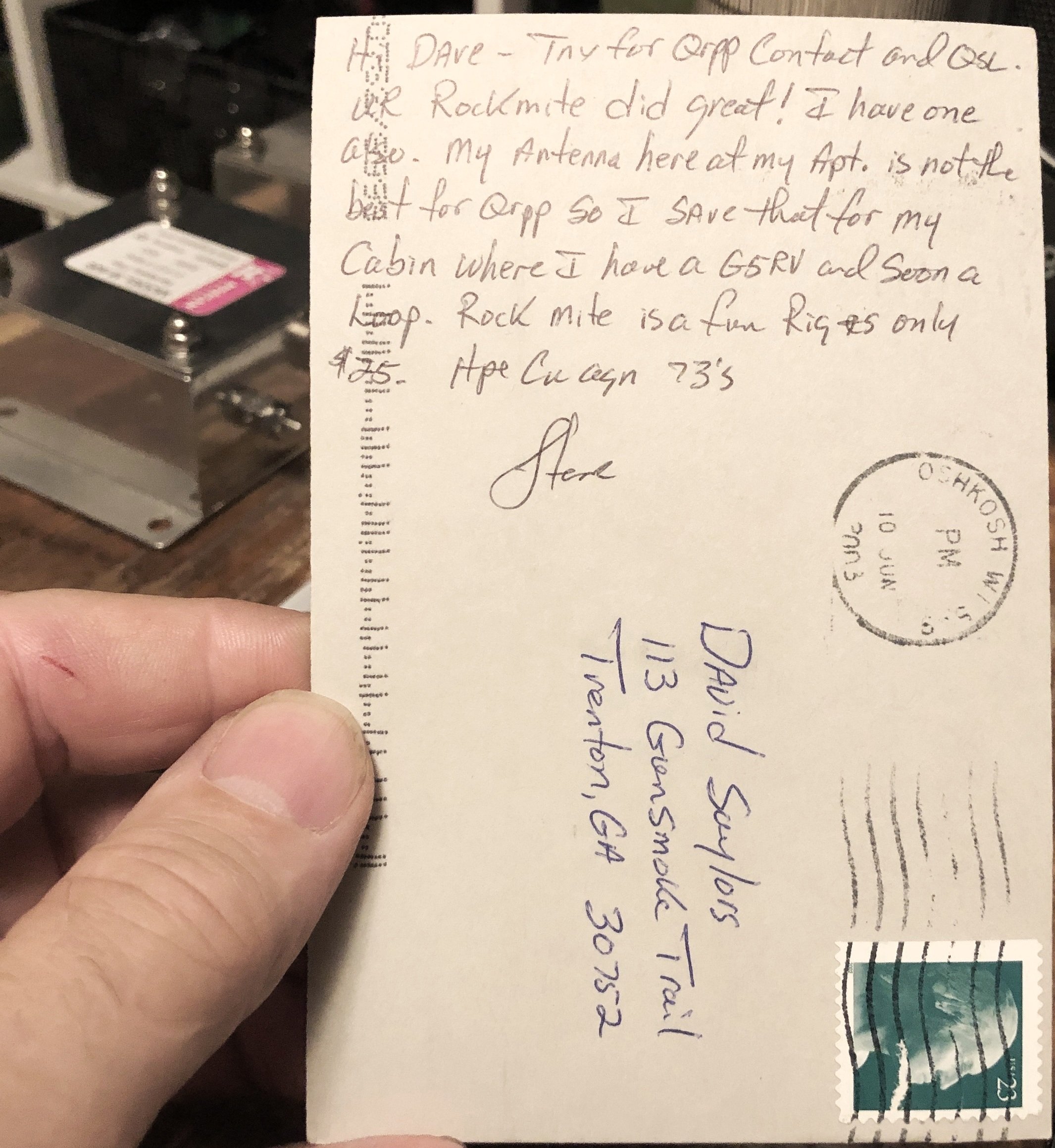Well today the work was grueling and about 3PM, the wife gave me clearance to go do an activation over at K-2169 Cloudland Canyon State Park. So come 4PM I grabbed the log book out of the house and jumped into the truck for a quick activation.
Upon arrival, I was all by myself in the upper parking lot. Wonderful as I can choose any spot I want to keep the sun out of my eyes and back the truck up next to the grass for my counter poise wires. So I deploy the “truck-tenna” as quickly as I can and get in the cab to plug in the TR-35. I got the cab nice and warm with the heater while setting up the antenna and then shut down the truck to keep the noise to a minimum while I activate. I really like my “trick” of having a quiet and warm winter time location for POTA. So for the winter this is how I will roll… lol literally.
The solar data says it wont be a great day for POTA…
So once I got setup, I dialed around on 20 meters a little to scope out the band conditions a little before I started, but it was opened up pretty strong when I dialed through the band. So I went up to the QRP area and found a nice quiet spot, listened for a few minutes while I wrote up my logbook with the usual data for my activation and then made a fatal mistake…I sent a CQ from the keyer memory while I started to log into the POTA website so I could spot myself, but before I could get it open on my iPhone I got an answer! So things are hopping now! LOL I log him then immediately get another call, and this went on for a couple of minutes. So I finally get a chance to spot myself so I can be found on the bands…. waa waa waaaaaa… (The joke is on me here, as I think I could have easily gotten the activation by just calling cq today as good as things were going) But once the spot went up, Dear Lord the gates were opened up! I had a mini-pile up the rest of the time I was able to operate, I literally cleared the pile 1 hour later and went QRT so I could go home.
You can tell if I am in a hurry or not by how I write the time next to the QSO, if I have time, I will write the proper time signature, if not then it is just enough data to log it for me.
Some things I took away from this activation are that a 20m hamstick is not able to hear inside about 500 miles, give or take… Just take a look at the map and it is painfully obvious. But yeah, it works WONDERFULLY outside of that zone! My best QSO tonight was to Oregon with WA7RAR using 5 watts at 2064 miles, not quite the 1000 miles per watt that people want, but it was still a good QSO for me! I still have not bought the other hamsticks yet, I am going to be ordering them soon though so we can play with different bands too.
I did have a few minutes where a spammer tried to shut me down, I didn’t even catch it until I copied the call twice and realized they were just pulling my chain sending random letters with just dits… Then they moved on and I went back to filling up the logbook. Also of note is that I learned TODAY that I could add the “stroke” and special designator in HAMRS and it would take it without killing the call sign! I entered my first mobile contact in my log today. I have logged a couple in the past but didn’t know I could enter the mobile designator in HAMRS… Sorry about that to the few ops that I have not given that info to on my logs.
So for future reference, don’t let the solar data tell you that you cant make a contact when things look bad online. Just give it a shot and throw out a CQ and see what happens. So until next time, just get on the air and have some fun!
72
WK4DS
David









